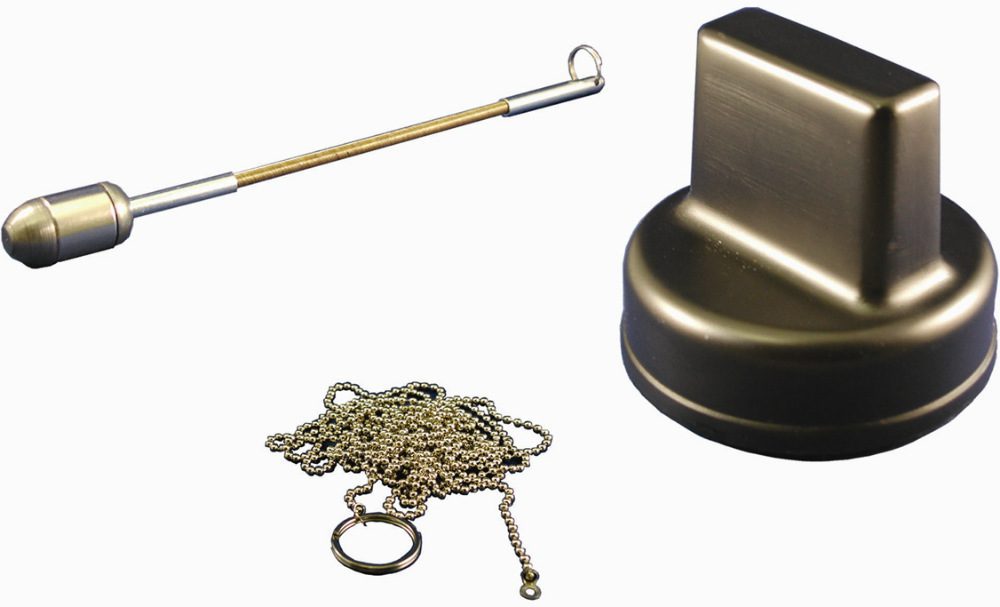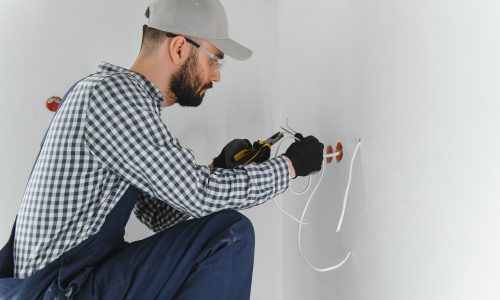Feeding cables into walls is a common occurrence within the custom integration field as it helps deliver a clean look to a lot of projects from a wall-mounted TV to an impressive sound system, however there’s a good chunk of installers that simply dread having to fish wire through an insulated wall. We’re not talking about the blown-in fiber insulation of older homes where you cut an opening into a wall and it all comes spilling out. We mean the more modern types of in-wall insulation you’re likely to come across.
There’s something so incredibly daunting about drilling into a wall and being met with a wall of pink, fluffy fiberglass batt insulation like a thick wall of fog on a dark road. Maybe it’s not even fiberglass. Maybe instead you drill in to find spray foam insulation clogging the walls. While its not impossible to fish a wire through this material, it certainly makes anyone’s job that much more difficult.
The good news is there are plenty of tools and techniques to help you fish wire through insulated walls and deliver a clean, professional-grade cabling job that is sure to delight anyone. Whether it’s fiberglass, spray foam, or even newer insulations like mineral fiber or wool, the process of fishing a wire through insulation should be viewed as nothing more than an inconvenience, and CE Pro is here to show you how to conquer the task.
Essential Tools for Fishing Wire Through an Insulated Wall

While what tools you will want to use may vary depending on which method you are using, there are still plenty of tools that are essential when it comes to fishing wires through a wall. Some of the implements you want to make sure you have on hand before getting started include:
- Laser Tape Measure – Every integrator should have one of these. Being able to measure exactly how far you need to feed a cable in addition to getting a good line of sight from point to point is extremely valuable.
- Extender Pole – Whether you are looking to feed cable through ceilings, over stairwells, or through a ceiling grid, an extender pole can help. A product like the Xtender Pole from Platinum Tools can even come with interchangeable heads for installing J-Hooks, eye lag screws, ceiling wire, jack chain more.
- Laser Level – A laser level will save you a lot of time and effort when it comes to making sure wires and cable will feed evenly throughout an area.
- Built-in Flashlight Headband – Let’s face it, crawling into small, poorly lit spaces to feed cable is no fun. So you best have a headband with an attached (ideally rechargeable) flashlight to keep your hands free while simultaneously lighting the way for cables.
Step #1: Pick a Corner to Feed the Wire into the Wall
Regardless of whether you’re planning to fish the wire up or down through an insulated wall—either above (through the top plate) or from below (through the sole plate)—the place you want to aim for with the bit is in the corner of the wall cavity.
If you’re drilling up from an opening you’ve made for an outlet or speaker in the wall:
- Push the bit through the insulation, using short jabs, at an upward angle, toward either back corner
- If there is paper, foil or plastic on your side, just cut through it
- When the bit hits the back corner, walk the bit into and up the corner by giving the drill short bursts (forward or reverse, whichever works better)
If you can keep the drill in the corner, you’ll have no trouble with the insulation.
If you’re drilling down into a basement or crawl space from an outlet opening near the floor:
- Use your drill guide to keep the bit in front of the insulation and aim it into one of the front corners.
If you’re drilling into the wall cavity from above or below:
- Try to make the hole near one of the corners. Sometimes the best corner to use depends on the insulation
- If there is no foil or paper backing, it doesn’t matter much
- If the insulation has a foil or paper backing, then it may have been installed by stapling the paper/foil to the inside of the studs.
This creates a nice open space on either stud near the Sheetrock. Try to make your hole here (use a spring steel “feeler bit” to locate the exact spot).
If the insulation was stapled to the outside of the studs, then there is usually a nice open space in the center of the wall cavity. This makes fishing the cable up/down much easier.
Step #2: Pick How You Want to Fish the Wire Through the Insulation
Once you’ve drilled the holes, the last part is to fish the wire through the insulation, and, honestly, that’s the easiest part. In fact, there are three ways you can tackle it.
Wall Fishing Technique #1: Fiberglass Rod
If you are fishing the cable up or down from an opening in the Sheetrock, then you want to follow the same path you made when you drilled:
- Use a fiberglass rod with a bull-nose end. If you’re fishing a small cable (like a security cable), you can attach the cable to the end of the rod by threading one of the wires in the cable through the hole in the bull-nose. If you need to fish a larger cable or bundle (or if your buddy is going to feed the cable to you from above or below), thread a pull-cord through the bull-nose.
- Push the rod to the same corner you used with the drill bit. The rod will follow the corner and pass through the hole the bit made. Your buddy attaches the cable to the pull-cord and you pull it back down with the cable.
- If you are feeding the cable up or down into the wall cavity from an attic or crawl space, attach the cable to a fiberglass rod and get the rod into a corner—preferably a corner on the same side as the opening to which you’re trying to fish. Again, this can be made easier by fishing down a pull cord and then retrieving the cord out from the opening.
- Attach the cable to the pull cord in the attic/crawl space, and pull the cable out with the cord.
Wall Fishing Technique #2: Magnetic Ball-Chain
The next two techniques involve using magnets to help guide the wire through the wall. When dealing with traditional Sheetrock, these magnets are so strong they’ll be able to work through the wall itself. How to use them is as follows:
- Attach a ball-chain to the end of a rod using a screw-on attachment. You can use several feet of ball-chain. Measure how far you will need to feed the rod into the wall so you can have the chain will located to the left or right of the opening you made in the Sheetrock.
- Feed the rod down the corner. Now you can use a magnetic retriever tool (going in sideways from the hole to the place where the chain will be located) to grab the chain and feed the cable through the wall. If you feel around, you’ll hit it (the chain).
- Slowly pull the retriever out with the chain attached. Keep the magnetic retriever against the inside of the Sheetrock.
Wall Fishing Technique #3: Magnetic Fishing Bit

There’s another interesting way to fish wire through insulation that involves using strong magnets.
An example of this type of tool is the BES Wire Python, which consists of two parts: a “paddle” magnet and a “wire leader” magnet. These magnets are so strong that they will easily grab each other and let go through the Sheetrock. Just follow this simple guide and you’ll be fine:
- Attach the cable you want to feed through the wall on the “wire leader.” This has a hook for the wire with a strong magnet attached. You can push the wire leader with the cable attached toward the Sheetrock (or the side with the opening).
- Hold the paddle magnet against the wall and move it around a little until it latches onto the leader magnet.
- Then, using short pulling motions, pull the leader magnet right through the insulation to the opening.
BES even has their own video showcasing using the Wire Python might look like.







